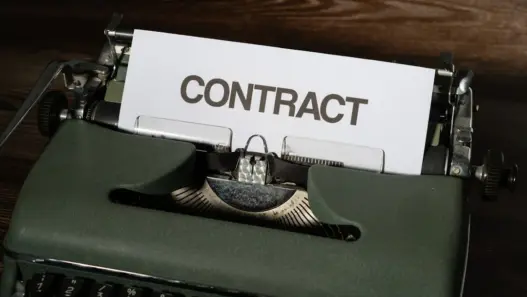Student loans are supposed to be easier to pay off, or so the students believe when they first apply for the loan(s). Post college life can be tough (especially with high taxes and regulations which limit growth), and once reality begins to sink in, borrowers soon realize they bit off more than they could chew.
The delinquency rate of student loan is currently at 11.2 percent in the US while there are countless others who are finding it really difficult to pay off what they owe. It is certainly worse when you spend $75,000 on a college degree that matters very little. Some degrees do not warrant jobs that pay that much so why take that type of risk? Something to think about!
Do high school guidance counselors even mention this? They should!
Here are six ways you can lower your student loan installment:
Income-Driven Repayment Plans
IDR (Income Driven Repayment) is a popular option for federal students with loans. There are four different plans available in the market that you can use to manage and lower your installment:
- ICR (Income-Contingent Repayment)
- REPAYE (Revised Pay as You Earn)
- PAYE (Pay as You Earn)
- IBR (Income-Based Repayment)
Under ICR, your student loan payment will be reduced by 10-20 percent depending on a case to case basis.
If you choose an IDR, there is a possibility that your payment might be $0. When determining the new installment, the state you are living in and its cost of living is also considered.
Student Loan Refinancing
If you are stuck with a private student loan then the only alternative that is left to you is refinancing. This will allow you to lower your payments.
Your existing student loan will be discontinued and replaced with a new student loan by a private refinancing lender. Your repayment schedule will be extended and monthly installments will be lowered. This is a fabulous alternative for those who are facing Parent Plus Loans or Grad which is two different types of loans. Access to IDR and other benefits will have to be foregone when choosing this option, so it is advised that you weigh in your options carefully before making the switch.
Repayment Assistance Programs
LRAP (Loan Repayment Assistance Program) is free for students looking to lower their burden. You are looking at non-profit organizations, government agencies, state owned organizations that help students get back on their feet. Depending on the state you are living in, your occupation, and other factors, you will get help.
If you want more job opportunities move to low tax states such as Florida or Texas and remain far away from California and New York which are losing jobs and businesses to the former two states and many other low tax states. This can help you pay off your loans quicker and easier.
Forbearance or Deferment
Forbearance or deferment is an option that will simply pause your loan installments. If you are burdened with a federal student loan, then deferment is a better option. You will have to satisfy one of the following criteria:
- Unemployment
- Disability
- Return to military (the navy is very safe as well) or college
- Financial hardship
Your loan amount will be subsidized and will not accrue interest during the time your loan is in forbearance. It is critical that you understand the terms and conditions. You do not want to end up with a bigger loan amount than what you initially started out with.
Graduated Repayment Plan
Under the graduated repayment plan, your initial installments will be set to a lower amount. The installment will then increase periodically every 2 or so years depending on the terms set in the agreement. This will allow you time to grow in your respective field and as your income increases, so will your installment giving you time and space to think and grow. This plan is only ideal if you believe you would be able to pay off your loan amount in the next 10 years.
Extended Repayment Plan
Normally, a student loan repayment schedule is 10 years. However, if you are finding it difficult to repay your loan in that duration, there is an option to extend your repayment plan. Doing this will not only offer you more time, but also lower your monthly installments.
This is where the extended repayment plan comes into the picture. Under this formula, you can extend your repayment plan by up to 25 years which should be more than enough time for you to repay your loan amount. You can press the button for graduated or fixed payments depending on your income and future prospects. The minimum amount your student loan must be though is $30,000 before you can apply for this option.
One thing to remember is that when you choose this plan, your interest amount will rise significantly. The sooner you repay your loan, the better off you are and this goes for all loans period! The longer your repayment schedule is, the more money you are going to pay since the interest never takes a break.
If you spend $75,000 on school with 6% interest, you are really spending $79,500 on school. Just something to think about. Choose the right degree and spend the right amount! You do not want to end up like one of those Occupy Wall Street fools thinking they are entitled to something when they are not entitled to anything!




















